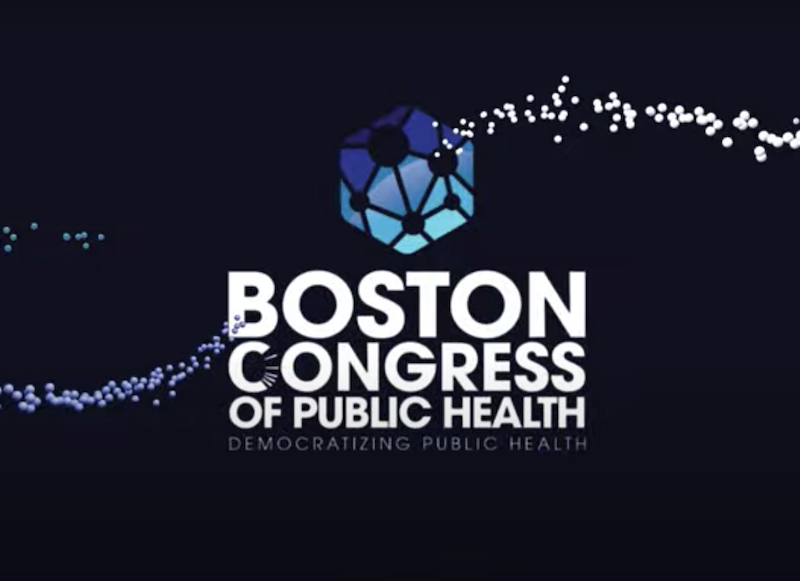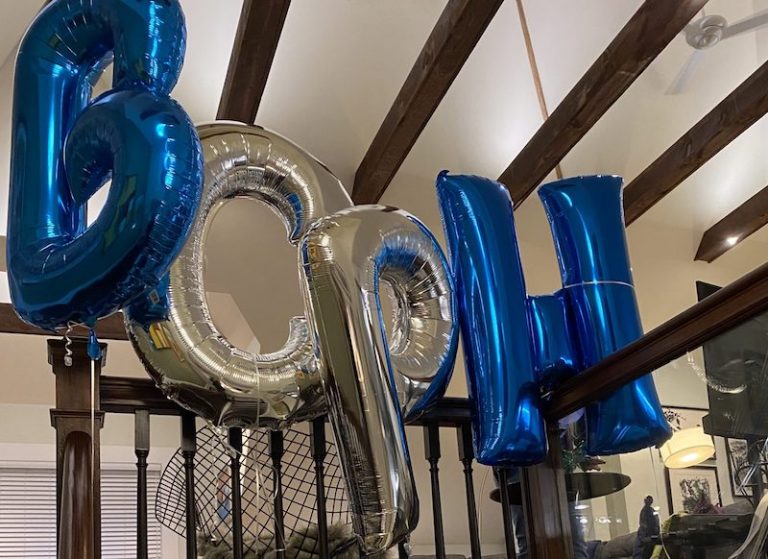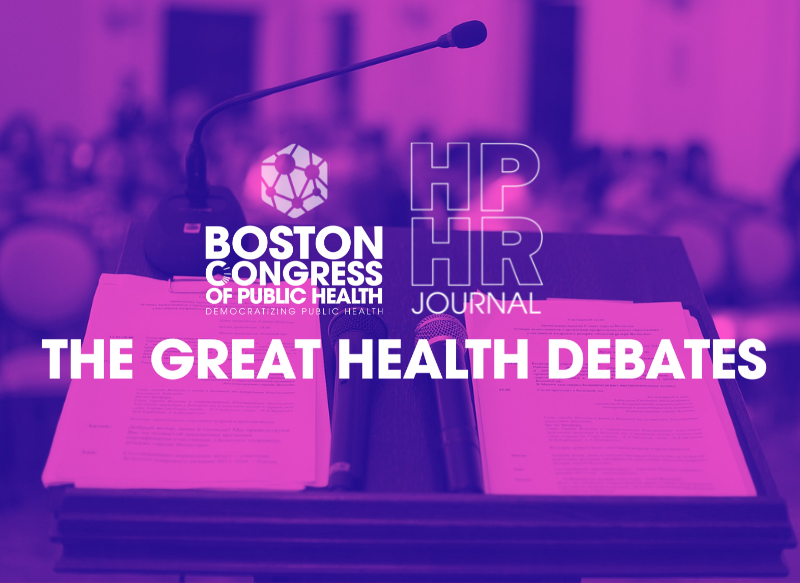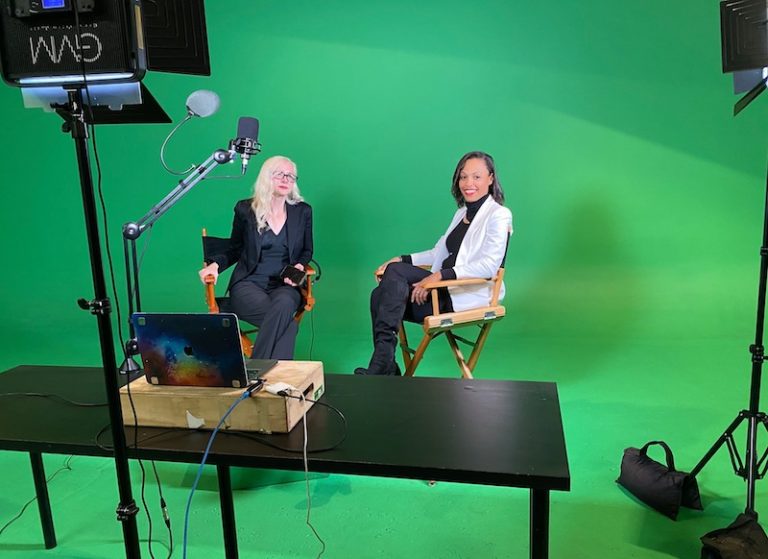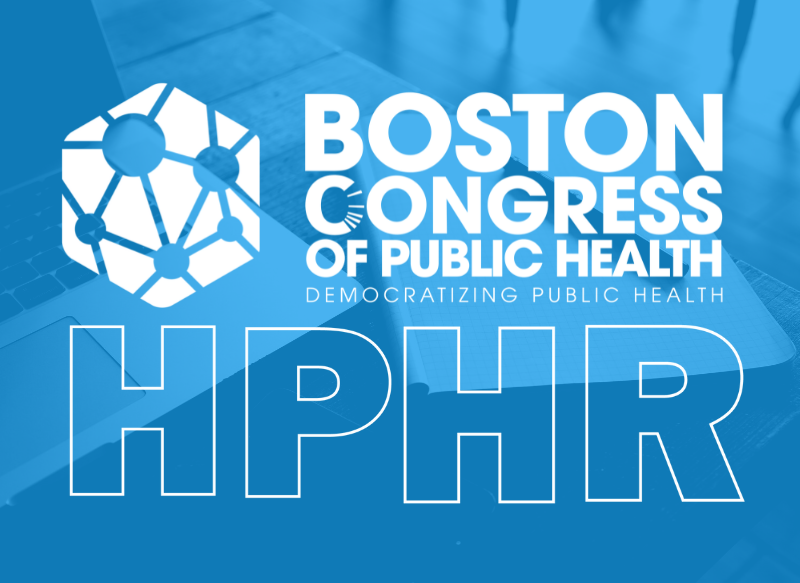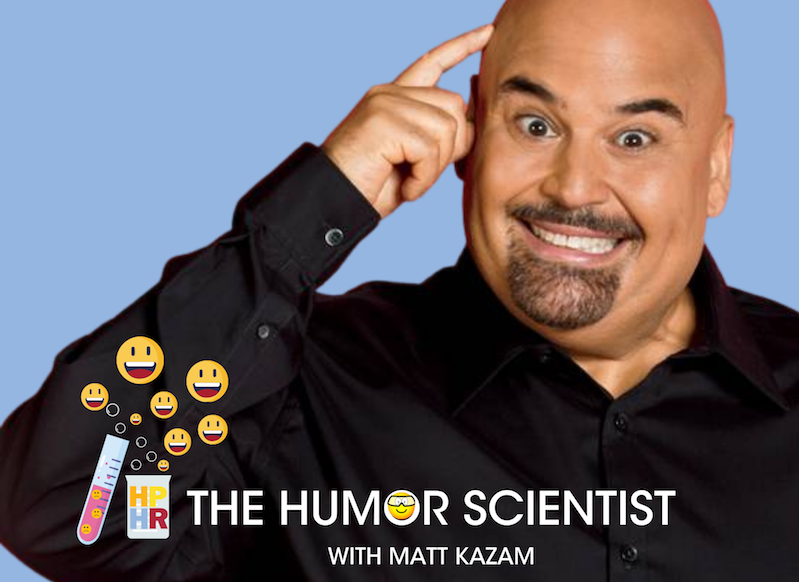By Samuel R. Mendez. August 4, 2023.
Health institutions often approach health literacy as a set of skills. While useful, such approaches limit the impact of health communication by focusing on individual interactions. The Festival Approach to health literacy imagines a more community-centered alternative that can advance health equity.

A common way of thinking about health literacy is in terms of patients’ skills. How much of a text can someone understand? What kinds of graphs and tables can they interpret? How well can they carry out a task based on instructions?
Such questions have been a key focus since the origins of health literacy as a field. The 2003 National Assessment of Adult Literacy included interpretation of health-related documents to measure health literacy. It found around one-third of people in the US had a basic or lower level of health literacy. This means they would struggle with a task like using a prescription drug label to figure out when they should take medication in relation to eating. This approach has uncovered important disparities related to personal health literacy skills, including: access to care, diabetes outcomes, and heart failure outcomes. This is a health equity issue, as research has long pointed to inequities in personal health literacy by age, disability, and race/ethnicity.
This approach’s strengths stem from how it centers people. For example, if you know someone would struggle with particular health literacy tasks, you could provide them with a targeted education program. To be sure, such interventions have shown promising results, for example in improving adherence to medical treatment.
At the same time, the Personal Skills approach can be very impractical. For example, a medical provider could, in theory, tailor their communications to match a patient’s health literacy level. However, giving everyone a health literacy assessment when they come in the door isn’t feasible, especially in under-resourced settings. Further, given what we know about health inequities and the political and social determinants of health, we know that solutions must work at multiple levels to make a lasting difference.

With time, health literacy came to include a focus on interactions and environments as well. With this shift came an increased focus on the responsibility of healthcare professionals and organizations to provide people with tools they can use to promote their own wellbeing. This shift is visible in the 2010 National Action Plan to Improve Health Literacy. The plan promotes a universal precautions approach to health communication. It emphasizes organizational responsibility in making clear communication the norm for every healthcare interaction. To this end, the plan highlights organizational changes that can decrease health literacy demands on patients, including redesigning forms and providing health literacy training for health professionals. That same year, the Agency for Healthcare Research and Quality published its Health Literacy Universal Precautions Toolkit, now in its second edition. This toolkit outlines communication strategies to improve providers’ communication skills and policies to support patients’ empowerment.
While this Expert Toolkit approach emphasizes organizational responsibility, it still centers individuals’ agency. Healthy People 2030 reflects this duality in its use of both personal and organizational concepts of health literacy. This duality is also reflected in the rising prominence of assessments at sites of interaction between individuals and organizations. For example, the CDC Clear Communication Index was created in 2014 to assess text and multimedia health communication materials.
This approach’s strengths stem from its emphasis on professional responsibility. Given how many lives a single health organization impacts, an intervention at that level can help more people than an intervention targeting individuals’ health literacy skills. It’s also more feasible to focus on health literacy training and interventions with health professionals whose jobs include clear communication.
A current limit of this approach is its lack of attention to social and political context. Without a family lens, this approach misses important support systems that people draw on in order to act on health information and carry out healthcare decisions. Without a community lens, the Expert Toolkit approach misses opportunities to intervene in the social and political determinants that shape health literacy disparities in the first place.

In the face of social and political determinants of health, we need an approach to health literacy that extends beyond formal healthcare settings. To respond to increasing health misinformation, we need an approach that can help communities actively steward their media environments. To stay relevant and gain trust, we need an approach to health literacy that doesn’t separate health institutions from the rest of someone’s life. In short, we need a practice of health literacy that acknowledges health communication as a social, emotional, and experiential process, not just an informational one.
To meet these needs, I imagine a Festival approach to health literacy. Such an approach creates health literacy as a long-term collaborative project. It responds to health literacy disparities not just with educational programs and professional training, but also with opportunities to learn from underserved communities and invest in them. It values technical skills, social skills, and fun. It builds up knowledge communities, not just professional experts. It focuses on the ritual aspects of communication, not just information. It incorporates the transformative potential of art, and values informal relationship building. It contributes to a broader culture of health literacy, with communities at the center.
Other fields have explored the importance of an expanded view of literacy. For example, the Rainbow Approach to Aboriginal Literacy highlights the importance that art, oral history, intergenerational bonds, relationship to the land, and self-reflection have long played in communication among Indigenous peoples. This also mirrors recent academic developments in health literacy, like a community-informed concept of cancer caregiver health literacy that includes support systems, relationships, and self-care as vital aspects of acting on health information. We can also see this in practice, such as in San Lorenzo county’s Project EAT, which bridges high school health literacy education with leadership development, youth participatory action research, direct service, and investment in school infrastructure.
This shift toward a community-centered approach to health literacy would not be easy. Assessing organizational health literacy might mean collecting more uniform process data on how community members contributed to institutional decisions. It might also include developing more participatory evaluation methods. Moving beyond personal health literacy might mean assessing local media environments and community health assets. It might also mean assessing the number and quality of health institutions’ community touchpoints.
It’s also worth noting that this approach to health literacy is a long-term preventative approach. In an emergency situation like a novel pandemic, it still might be best to focus on improving health professionals’ communication skills or increasing individuals’ knowledge of new diseases. The Festival Approach, however, can help ensure there are existing resources and relationships to work with in case of future emergencies. The big issues of trust and communication in the pandemic era require big shifts away from business as usual. A Festival Approach to health literacy might be just what we need to incorporate health organizations into a broader culture of health equity.
You can find Samuel talking about health communication, health equity, and video games: @samuelanimates on Twitter, Twitch, YouTube, Tiktok, and on the scicomm.xyz Mastodon server.
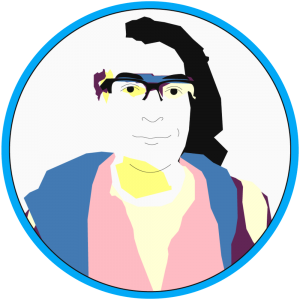
The mission of the Boston Congress of Public Health Thought Leadership for Public Health Fellowship (BCPH Fellowship) seeks to:
It is guided by an overall vision to provide a platform, training, and support network for the next generation of public health thought leaders and public scholars to explore and grow their voice.
